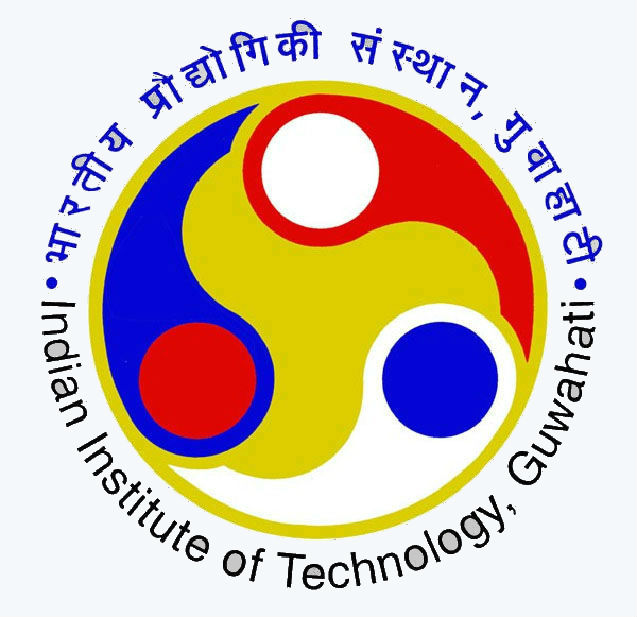3.11 Discussions
Good agreement of the theoretically calculated natural frequency with the experimental one is found. The correction for the mass of the sensor will improve the correlation better. The present theoretical calculation is based on the cantilever beam end conditions (i.e., one end is fixed end), in actual practice it may not be always the case because of flexibility in support that may affect the natural frequency. By considering all the precaution and by using the procedure step by step with proper coordination with the subsystem, measuring instruments, data acquisition system and vibration measuring software, the results can be improved. To minimize error in the result, user is suggested to use sensors and other measuring instruments with high sensitivity and minimize the noise in measuring data. User is also suggested to repeat the experiment with patience.
3.12 Precautions during experiment and analysis
1. Fixed end condition of the cantilever beam should be ensured by properly gripping one end of the beam as shown in Fig. 3.7.
2. Care should be taken so that the cables of accelerometer should not affect the beam motion.
3. The mass of the accelerometer should be small as compared to beam mass.
4. The power of excitation should be proper, too less power may cause insufficient vibration and too high power may cause damage to the system.
5. Select the sweep rate which should not either very less or very high. Usually sweep rate 2 or 3 Hz/sec is suggested.
6. Placement of sensors and exciter stinger should not be at node.
3.13 References
1. Meirovitch, L., 1967, Analytical methods in vibration , Ccollier-MacMillan Ltd., London.
2. Thomson, W.T., 2007, Theory of vibration with application , Kindersley Publishing, Inc., London.
3. Rao, J. S, and Gupta, K., Introductory Course on Theory and Practice of Mechanical Vibrations , New Age International, New Delhi.
4. S.Timoskenko , D.H. Young , 1961, strength of material , Stanford university , California .
5. Dr Magd Abdel Wahab, 2008, Dynamics and vibration , John wiley & sons Ltd., Ghent University, UK.







